Who should represent the US at the Venice Biennale?

With just nine months to go until the 58th Venice Biennale, the tardiness of Donald Trump’s State Department in announcing the US pavilion artist has not gone unnoticed. In keeping with much of Trump’s presidency, this months-long delay goes against traditions of previous administrations. The last two artists – Mark Bradford in 2017 and Joan Jonas in 2015 – were announced in spring the year before; Sarah Sze’s appointment for the 2013 Venice Biennale was revealed in February 2012.
Unease is brewing in the wake of the State Department’s apparent silence. After all, President Trump has provided endless fodder for artists and magazine art directors alike since winning the presidential election. Given the Trump administration’s astounding bid to pass off his US-Mexico border wall prototypes as land art earlier this year, the Venice Biennale announcement is likely to elicit shock and surprise.
Here are four artists worthy of making their mark on the American pavilion next year...
David Hammons
Even if Hammons were offered the opportunity to represent America at Venice, chances are he would decline, as the notoriously elusive 73-year-old rarely agrees to shows and is famous for making himself scarce. He once even commented in a 1986 interview, ‘I can’t stand art actually. I’ve never, ever liked art.’ Arguably one of America’s greatest living artists, Hammons is a cult figure among other artists, writers, museum curators, gallerists and collectors. With prevailing concerns addressing the experiences of African-American life and the role that race plays in American society, the politically charged gravitas in his work is undeniable. Hammons at Venice in 2019 would be one of the most anticipated exhibitions in the American pavilion to ever be staged. But for an artist who has so successfully shunned the art world and is a step ahead of it at all times, we should either be prepared for a complete let-down, or otherwise brace ourselves to look into the mirror that Hammons holds up to our culture.

African American Flag, 1990, by David Hammons. © David Hammons
Cindy Sherman
Considered to be one of the world’s most influential and important living photographers, Sherman’s practice has remained consistent over the past 40 years, involving taking self-portraits in guises, personas, costumes, make-up and rendering herself unrecognizable. She has produced numerous images that will forever belong in the hallowed halls of art history. The 63-year-old artist recently made her Instagram account public (@cindysherman), and has over 200,000 fans flocking there to pore over her remarkable, innovative selfies. Sherman’s images have changed our understanding of sexual stereotypes, identity and aging in a society obsessed with youth and status, all through the filter of a twisted lens. While many of her portraits that evoke classical paintings would sit perfectly at home in Venice, also note there has never been a solo exhibition of a dedicated photographer in the US pavilion.
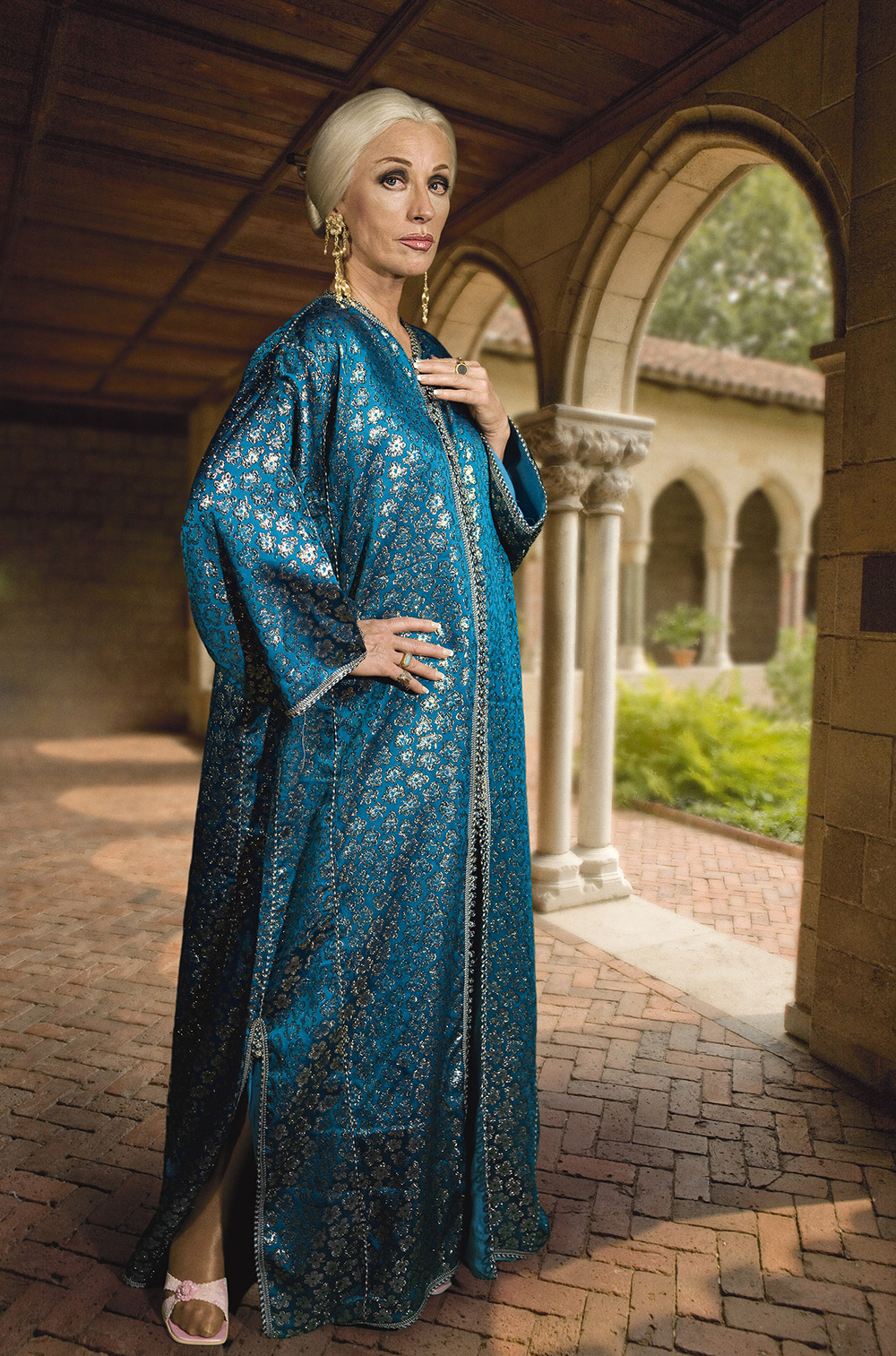
Untitled #466, 2008, by Cindy Sherman. © Cindy Sherman. Courtesy of Metro Pictures
Carmen Herrera
Cuban-born and New York-based artist Carmen Herrera, who is 103 years young, still works most days and is in her artistic prime. Hard enough back in the mid-20th century for any female artist to succeed, along with the complicated obstacles of being a Cuban-American, she pursued her craft for over 60 years with little recognition, not gaining wide attention until her 80s. For the past five decades, she’s established a visual language which has been explored with great nuance, fashioning some of the most elegant and severe examples of hard-edge abstract painting. Honoured with a stunning retrospective at the Whitney Museum of American Art in 2016, the art world finally understood the artist’s significance in the historical canon. Better late than never, and a firm believer that less is more, Herrera is a living treasure and after a lifetime of near-anonymity, her presence over the past decade has been an inspiring and vital gift. The glorious setting of Venice would only amplify her works of unapologetic beauty.
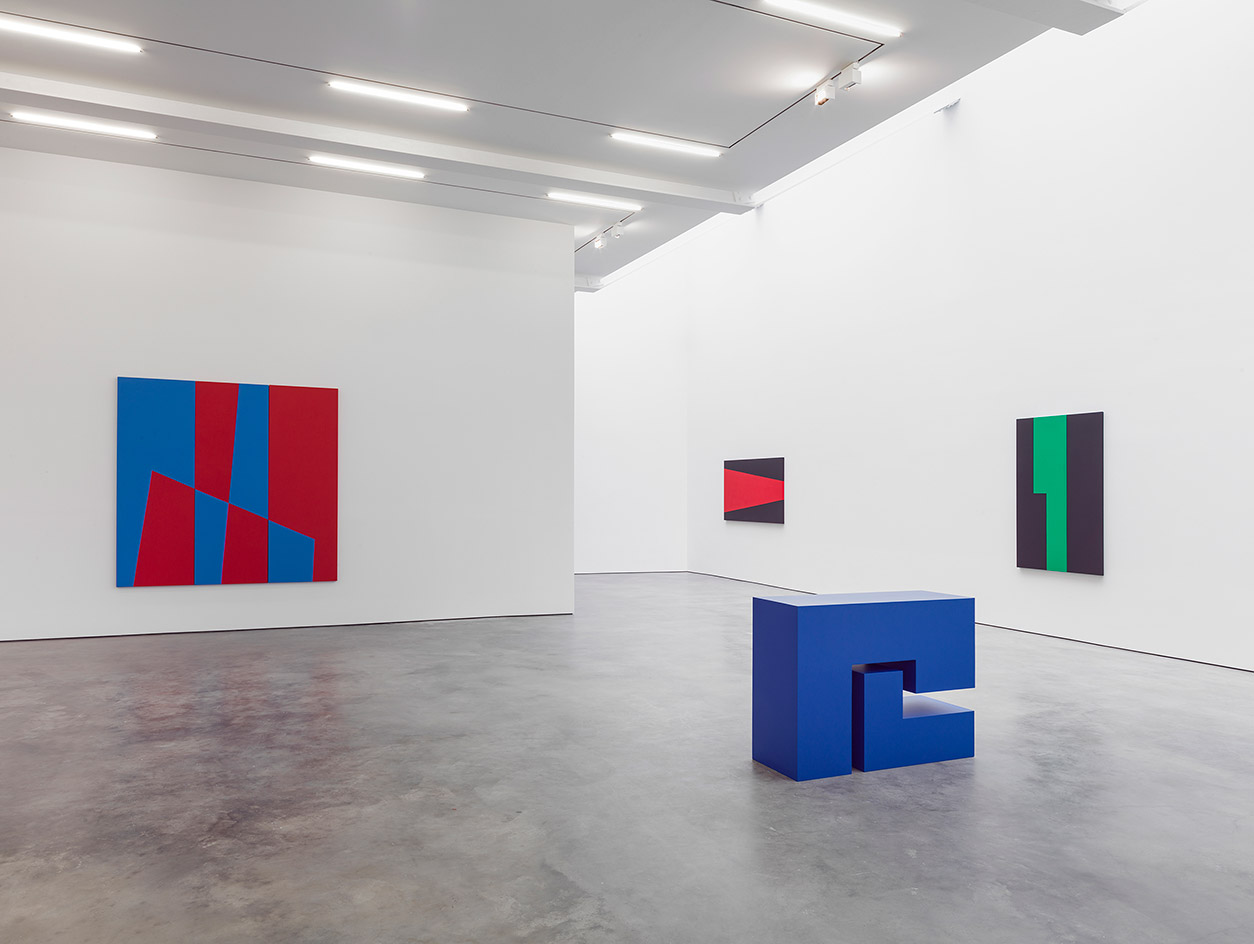
Installation view of Carmen Herrera’s exhibition at Lisson Gallery New York, 2016. © Carmen Herrera. Courtesy of Lisson Gallery
Kara Walker
An artist who explores race, identity, injustice, violence, gender and how America’s original sin of slavery has conditioned all subsequent US history, Walker’s devastating and gut-wrenching show in September 2017 at Sikkema Jenkins & Co in New York stunned audiences and was a critical sensation. In the era of ‘fake news’, her brutal exhibition found that there was plentiful truth still left in art. Walker became famous in the 1990s for large-scale, cut-paper, silhouetted figures and is now amongst the best-known artists of her generation. As her career continues to gather acclaim, and with a practice that is thought-provoking and monumental in its message, her selection for the Venice Biennale in 2019 would be timely.
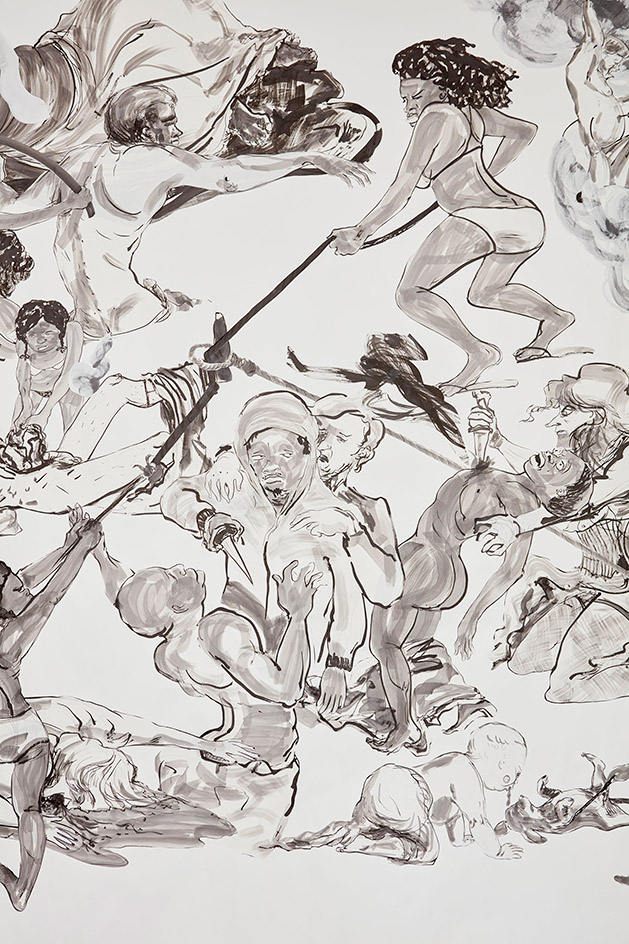
Detail of The Pool Party of Sardanapalus (after Delacroix, Kienholz), 2017, by Kara Walker. © Kara Walker. Courtesy of Sikkema Jenkins & Co, New York
Follow Vasili Kaliman on Instagram to see the art finds from his travels, and on Twitter where he shares the latest news and developments in the global art market.
INFORMATION
Venice Biennale 2019 runs from 11 May – 24 November. For more information, visit the website
Receive our daily digest of inspiration, escapism and design stories from around the world direct to your inbox.
-
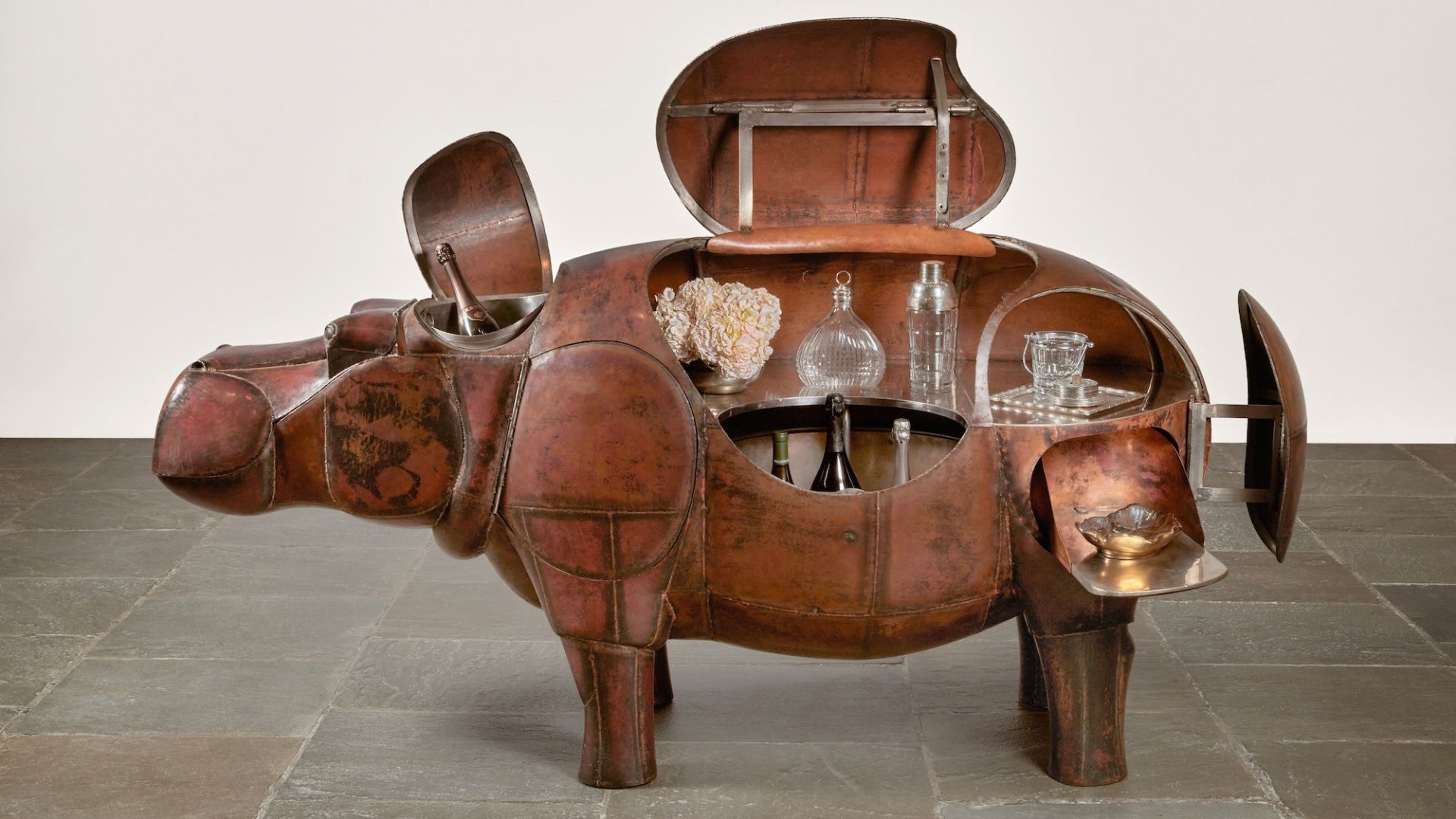 At $31.4 million, this Lalanne hippo just smashed another world auction record at Sotheby’s
At $31.4 million, this Lalanne hippo just smashed another world auction record at Sotheby’sThe jaw-dropping price marked the highest-ever for a work by François-Xavier Lalanne – and for a work of design generally
-
 NYC’s first alcohol-free members’ club is full of spirit
NYC’s first alcohol-free members’ club is full of spiritThe Maze NYC is a design-led social hub in Flatiron, redefining how the city gathers with an alcohol-free, community-driven ethos
-
 Inside Helmut Lang’s fashion archive in Vienna, which still defines how we dress today
Inside Helmut Lang’s fashion archive in Vienna, which still defines how we dress todayNew exhibition ‘Séance de Travail 1986-2005’ at MAK in Vienna puts Helmut Lang’s extraordinary fashion archive on view for the first time, capturing the Austrian designer-turned-artist’s enduring legacy
-
 A forgotten history of Italian artists affected by the HIV-AIDS crisis goes on show in Tuscany
A forgotten history of Italian artists affected by the HIV-AIDS crisis goes on show in Tuscany‘Vivono: Art and Feelings, HIV-AIDS in Italy. 1982-1996’, at Centro per l'Arte Contemporanea Luigi Pecci in Prato delves into the conversation around the crisis
-
 Venice Film Festival brings auteurs, daring debuts and unforgettable stories
Venice Film Festival brings auteurs, daring debuts and unforgettable storiesVenice Film Festival is in full swing – here are the films shaping up to be the year's must-sees
-
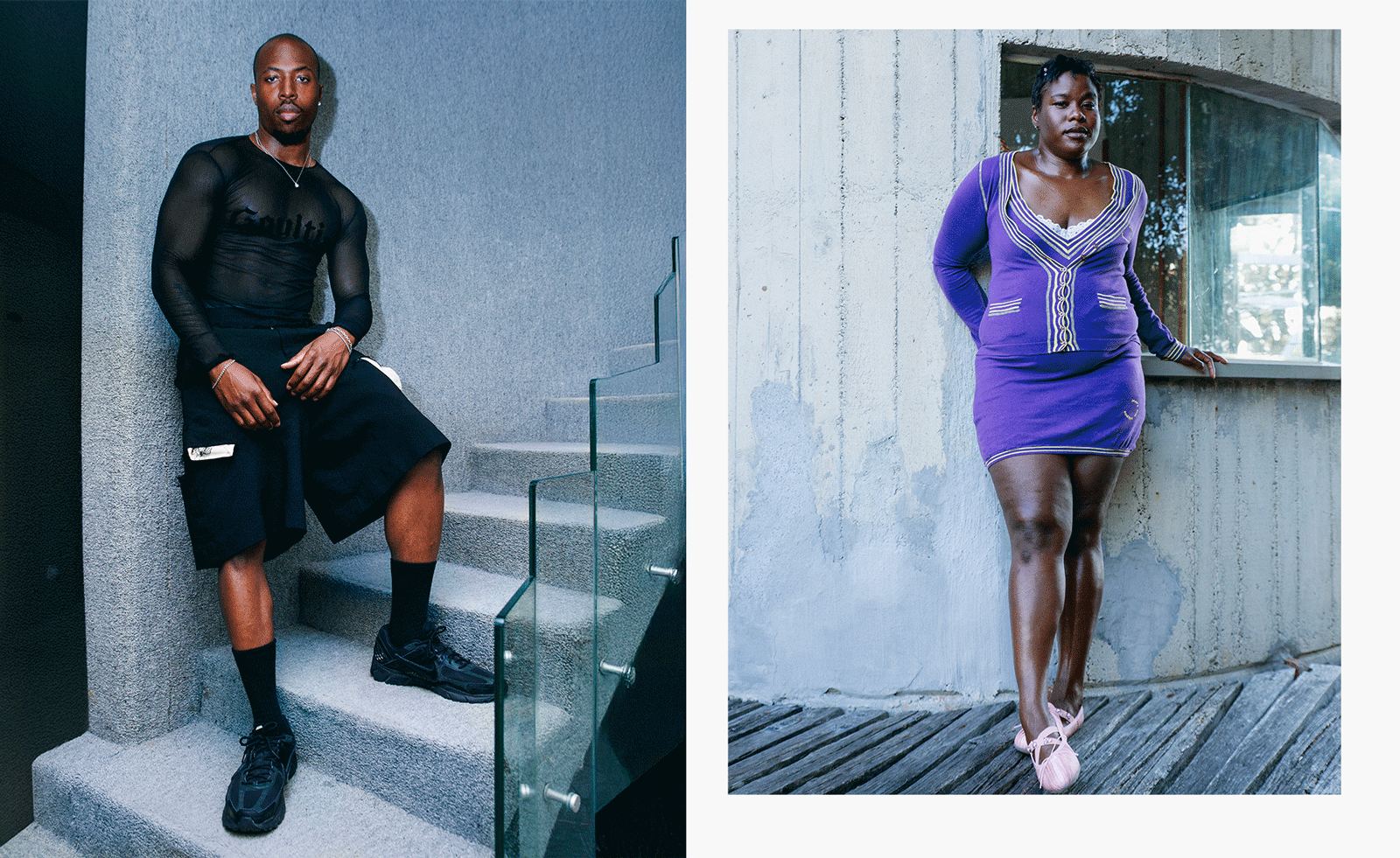 Creativity and rest reign at this Tuscan residence for Black queer artists
Creativity and rest reign at this Tuscan residence for Black queer artistsMQBMBQ residency founder Jordan Anderson sparks creativity at his annual Tuscan artist residency. Wallpaper* meets him to hear about this year's focus.
-
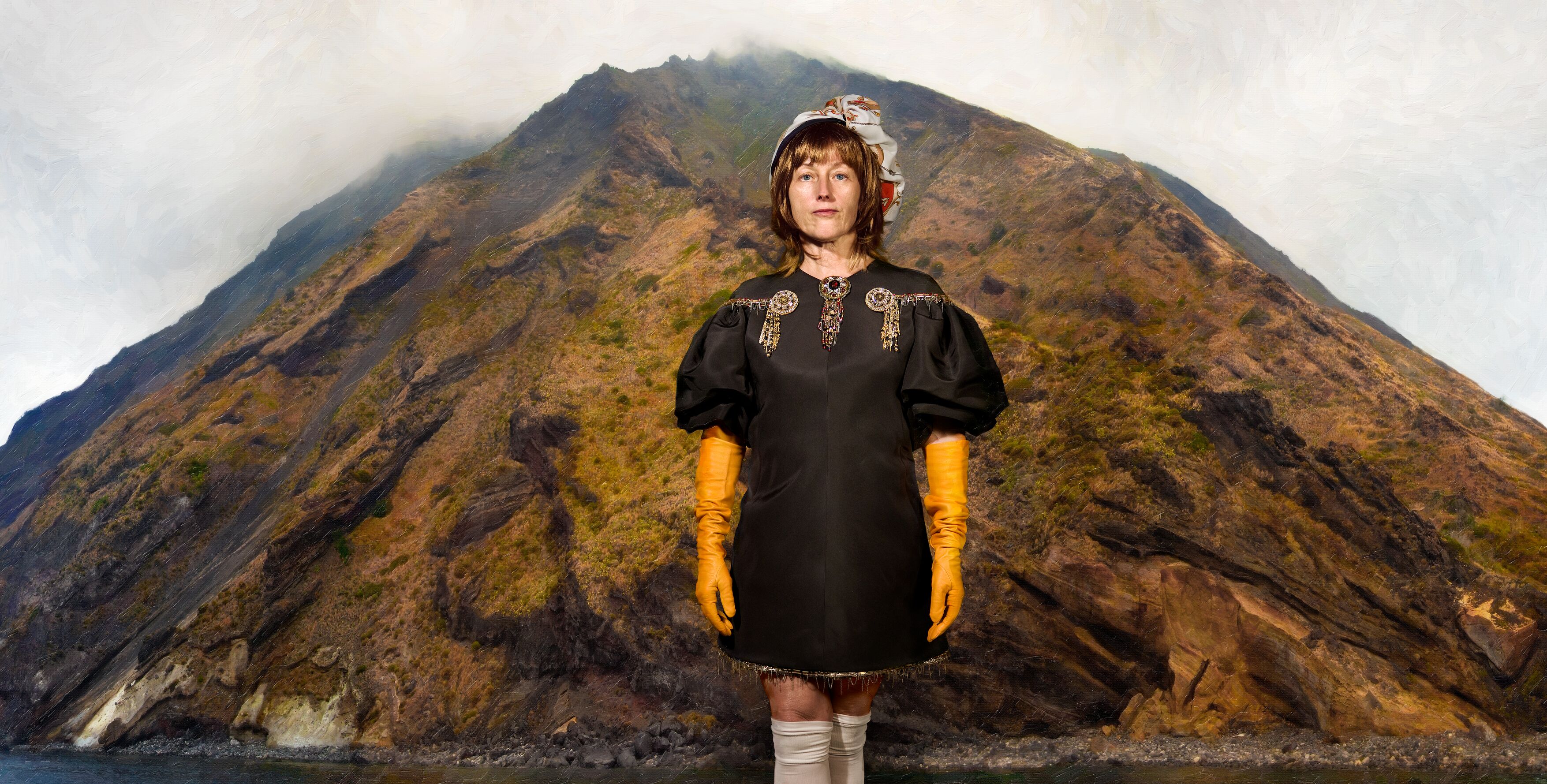 Cindy Sherman in Menorca: ‘She's decades ahead of social media and the construction of identity for the camera’
Cindy Sherman in Menorca: ‘She's decades ahead of social media and the construction of identity for the camera’‘Cindy Sherman: The Women’, its title a nod to an image-conscious 1930s Broadway hit, takes the American artist's carefully constructed, highly performative works to Hauser & Wirth Menorca
-
 Photographer Mohamed Bourouissa reflects on society, community and the marginalised at MAST
Photographer Mohamed Bourouissa reflects on society, community and the marginalised at MASTMohamed Bourouissa unites his work from the last two decades at Bologna’s Fondazione MAST
-
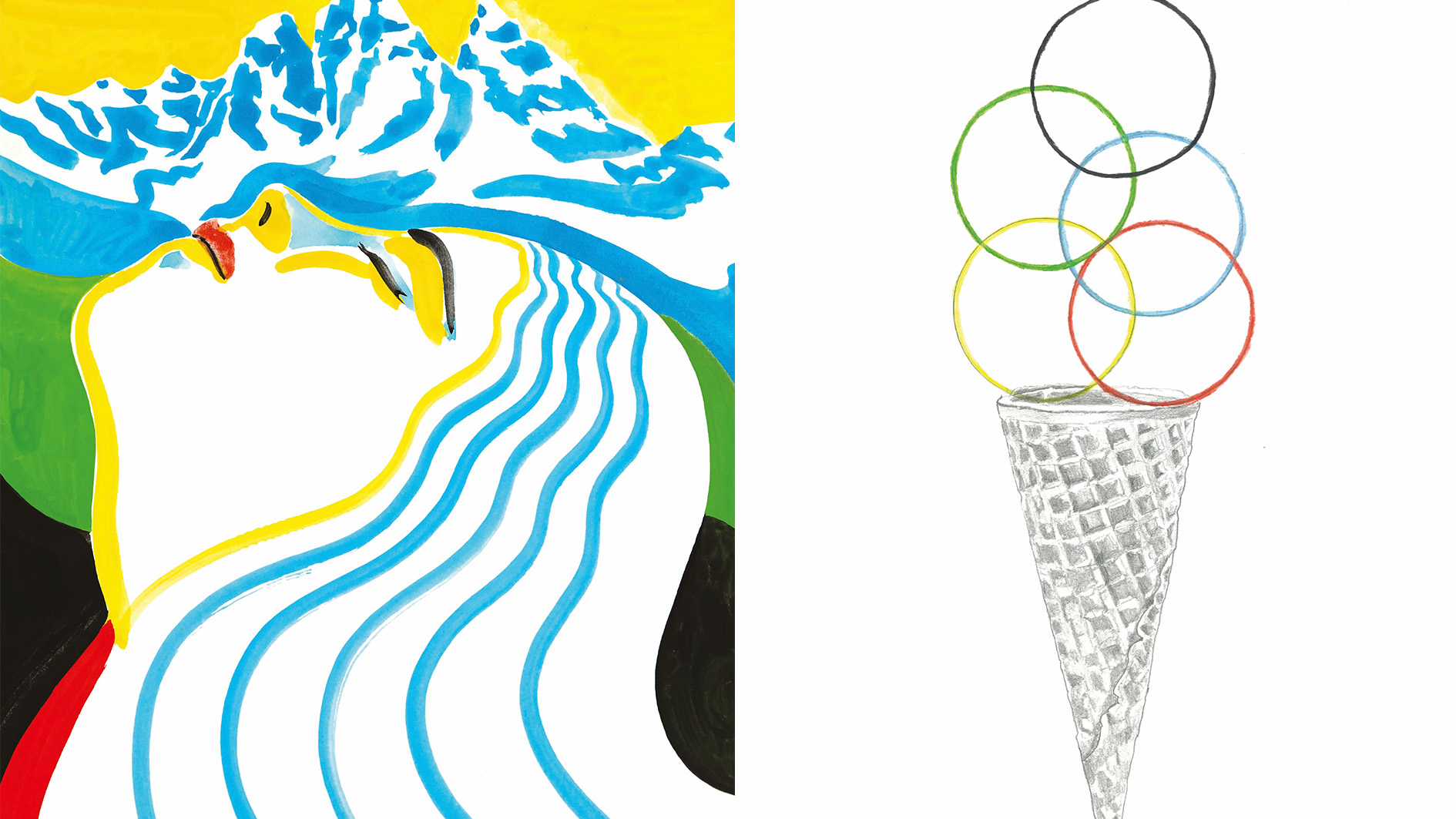 Ten super-cool posters for the Winter Olympics and Paralympics have just been unveiled
Ten super-cool posters for the Winter Olympics and Paralympics have just been unveiledThe Olympic committees asked ten young artists for their creative take on the 2026 Milano Cortina Games
-
 ‘Water is coming for the city, how do we live with that?’ asks TBA21 in Venice
‘Water is coming for the city, how do we live with that?’ asks TBA21 in VeniceArt advocacy and activism platform TBA21's Venetian project, Ocean Space, addresses the climate issues the city is facing
-
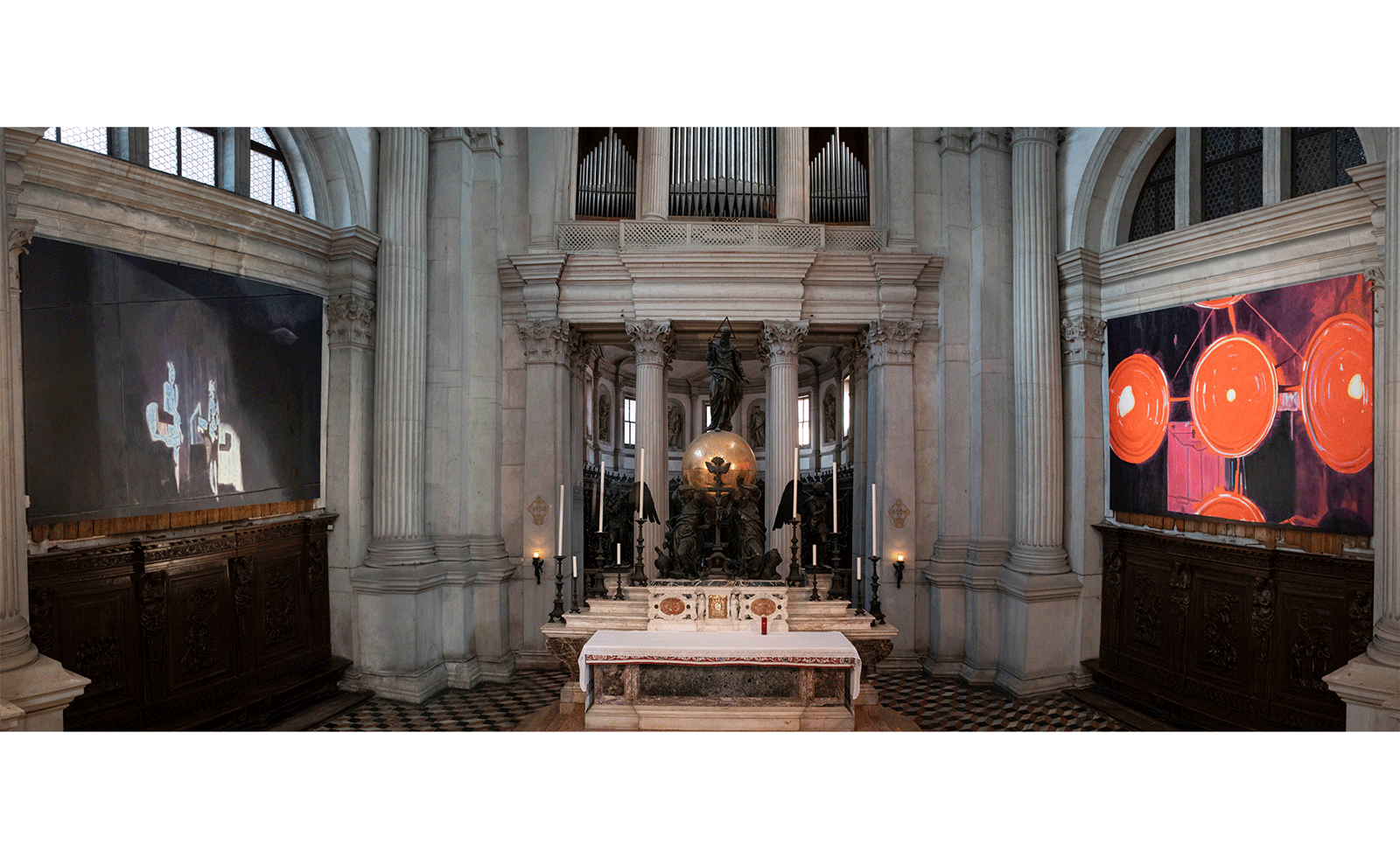 Luc Tuymans debuts his largest ever paintings at Venice’s majestic San Giorgio Maggiore Basilica
Luc Tuymans debuts his largest ever paintings at Venice’s majestic San Giorgio Maggiore BasilicaLuc Tuymans is the latest artist to be commissioned by San Giorgio to present work inside its famous space